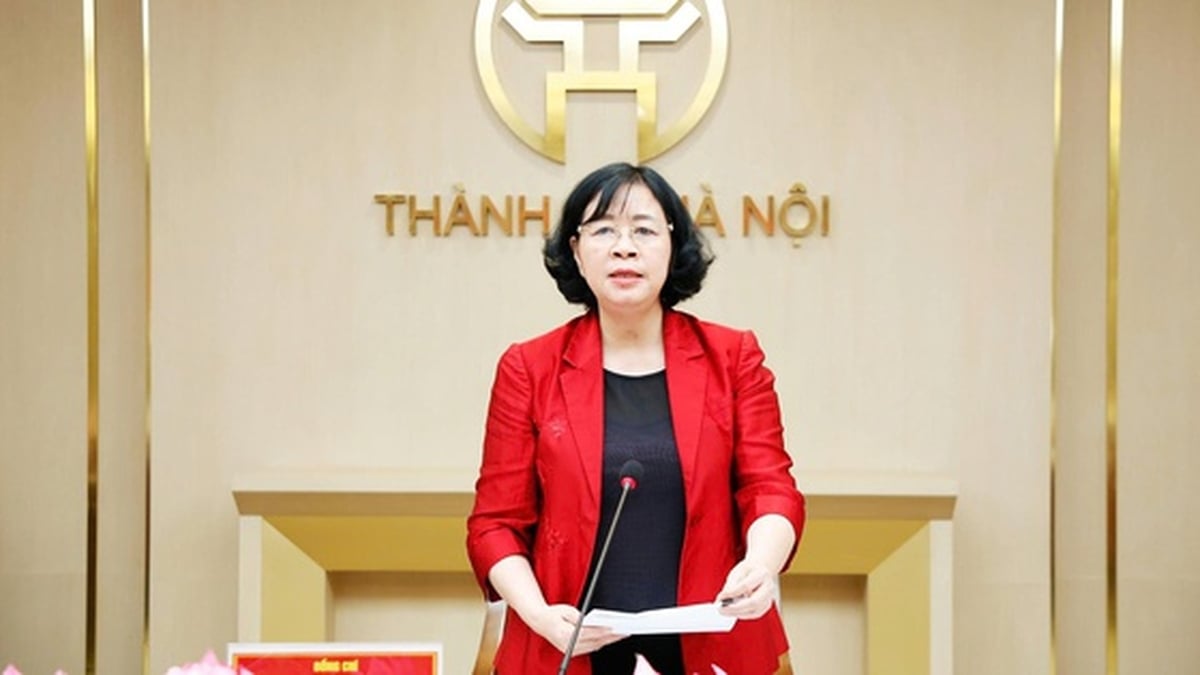Qualcomm Vice President Durga Malladi said that commercializing on-device AI "has gone very well" but is still in the early stages and they have a lot of work to do.
Qualcomm aims to bring generative AI to a range of devices, including smartphones, laptops and even cars, he told Nikkei .
At MWC 2024, the company launched a library of 75 pre-optimized AI models for deployment on devices.
Qualcomm customers — Samsung Electronics, Honor, Xiaomi and Oppo — have all started to bring AI features to their flagship phones, such as instant translation and “magic eraser” for photo editing. “AI is an incredibly promising technology” and has the potential to be a real game changer, Malladi said.

After large language models (LLM), large multimodal models (LMM) will be the next important “battlefield” in AI.
While most AI chatbots today are limited to text-based conversations, Qualcomm says its LMM will be able to accept and generate different types of information, including voice, images, and even video .
OpenAI – the developer of ChatGPT – recently released Sora, a text-to-video tool, marking a significant step forward in AI capabilities.
“The next thing is text to video,” Malladi said. “Today, we’re talking about still images along with voice and language. Tomorrow, we’ll start seeing moving images along with video.”
MediaTek, the world's second-largest mobile chipmaker by revenue, also showcased on-device AI features at MWC 2024. These include creating avatars that mimic users' facial expressions and gestures in real time, as well as advanced photo editing tools.
Unlike Qualcomm, MediaTek remains focused primarily on the smartphone market. A MediaTek executive shared some of the new features running on its chipsets include reading dense documents and summarizing them in seconds. They are also looking into text-to-video capabilities.
Generative AI is expected to impact a wide range of industries. Consulting firm McKinsey & Co predicts the technology could generate $2.6 trillion to $4.4 trillion in annual economic benefits.
In the chip space, emerging technologies could change the competitive dynamics. IDC analyst Bryan Wa predicts that Qualcomm’s high-end offerings will still lead the flagship market, but MediaTek will increasingly put pressure on its rivals, especially thanks to the high-end designs that are popular with Chinese phone makers.
Runar Bjorhovde, an analyst at Canalys, believes that AI features will eventually appear in mid-range phones. “The system-on-chip (SoC) is the most important component to enable on-device AI in smartphones and will be a key part of Qualcomm and MediaTek’s ambitions to compete for a place in premium devices,” said Bjorhovde.
“While high-end chipsets will first and foremost get these features, I wouldn’t be surprised if they reach mid-range chipsets within a few years,” the analyst added.
(According to Nikkei)
Source




































































































Comment (0)